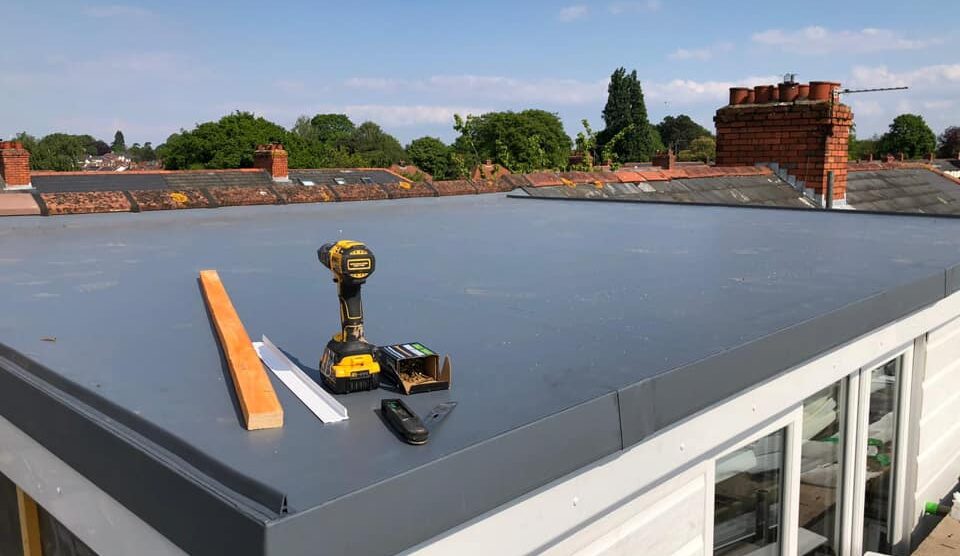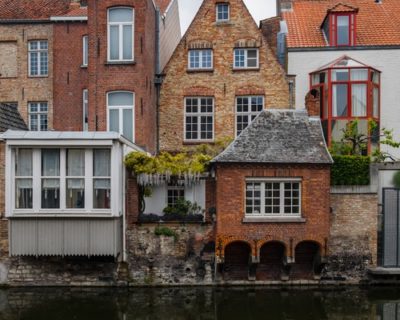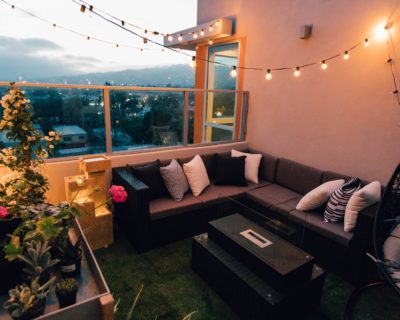Blog & News

How long does a flat roof last and how can you prolong its lifespan?
Flat roofs are very popular for a variety of reasons. They tend to be made of a very durable EPDM rubber and can last for more than 50 years if you install them correctly. Most flat roof installers will offer a warranty period of at least 20 years. However, sometimes your flat roof may require maintenance.
How to prolong the lifespan of a flat roof
It is a good idea to limit the foot traffic on top of your flat roof to ensure damage is minimized. Sometimes people will be required to walk on top of the flat roof to inspect the conditions, or for something like HVAC maintenance. Some people choose to use their flat roofs as an outdoor seating area. This is really lovely but can pose a threat to the structural integrity of your roof. We advise keeping foot traffic to a minimum, and logging how often people walk across the surface. You may also wish to consider placing walkways around the exterior edge of the roof or installing duckboards for people to walk across.
Professional installation
HVAC systems are commonly installed on the roof to prevent the unit from becoming an eyesore on other areas of your home. This seems smart, but the HVAC units can cause a lot of damage to the roof integrity. Make sure that your HVAC system is installed by a qualified professional to minimize the risk of damages being incurred. All of these units should be mounted on platforms, allowing the area under strain to be reinforced, reducing the likelihood of cracks and fissures appearing in your roof and causing damage.
Maintenance and repair
If there are trees near your home that overhang the flat roof, we advise pruning them back regularly. This will mean that leaves and branches are less likely to fall onto the surface and cause issues.
One of the reasons flat roofs break down is due to an accumulation of water and leaf gunk. Regular cleaning and maintenance is the best way to extend the life of your flat roof for years to come. You should take care to clean out your gutters often to prevent debris from building up and clogging your drains. This stops water from creating pressure on the roof and cracking to create leaks into your home.
If you have had excessive rainfall recently, you should take care to remove any pooled water from your flat roof. Do not allow it to just sit here as it can stagnate. The pooling can again cause pressure fissures to form in the flat roof, allowing water to seep into your home.
Some types of flat roofs are susceptible to vegetative growth. This is commonly in the form of moss or algae and is most often seen on asphalt shingle roofs. Stay on top of your cleaning schedule to keep the roof in optimal condition.
You may also wish to consider painting your roof with reflective paint. This is because dark colours absorb more light and heat than lighter hues. This means that the temperature inside your home will increase dramatically. Painting the roof a lighter colour reduces solar heat gain, keeping your home cooler and reducing your energy costs. This will also help to extend the lifespan of your flat roof.
If you begin to notice issues, or leaks appearing inside your home, this is an indication of damage to your flat roof. We advise calling a professional roofing company to inspect your roof if you cannot notice any issues yourself. They will know exactly what to look out for and how to mend broken seams.
It is a good idea to check your flat roof twice a year for any signs of wear or damage. Keeping a regular inspection routine ensures you will notice issues early on before they pose a serious financial problem. You should also inspect your roof after bouts of seriously bad weather. If you know that your roof is more susceptible to problems then we recommend checking it more frequently.
You may also wish to consider applying a polyglass coating to your roof. This can help to extend the lifespan of the roof by up to 10 years! It is also known to help reduce your home’s energy costs. This coating is skid-resistant, UV resistant, non-abrasive, and energy efficient. It is white in colour making it very reflective.
Standing water poses one of the largest threats to the durability of your flat roof. While they appear flat, good flat roofs should have a small incline built into the design to allow excess water to drain off. Stagnant water can begin to pool and lead to the roof sagging and drainage systems becoming blocked.
Over time, the EPDM material used to make the protective membrane coating for your roof can begin to shrink around the outer edges. This causes the seams to loosen and allows moisture to enter the layer underneath. If you catch this early it is a relatively simple repair job, but if you allow it to build and get worse then you may need to replace the entire roof.
When moisture becomes trapped under the membrane, a phenomenon called blistering can occur. This is more commonly seen in warmer climates, as the moisture expands more. Repairing these blisters is fairly simple, but should be done as soon as possible to prevent more serious problems from occurring. Over time, the blisters can crack which exposes your roof to the elements.
Best types of materials
The 4 most common materials used are PVC, EPDM, modified bitumen, and asphalt.
PVC and EPDM are single-layer membrane roofs and are preferred for commercial applications. Modified bitumen roofs have been around since the 1960s and are built upon the older BUR (built-up roof) technique. This type of roof includes polymer reinforced layers to minimize the effects of wear.
BUR is about 120 years old and is made with several layers of roofing felt combined with asphalt and embedded in bitumen.



